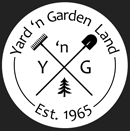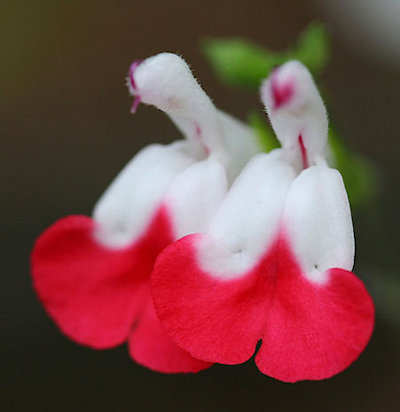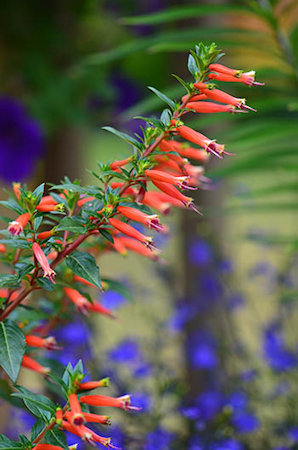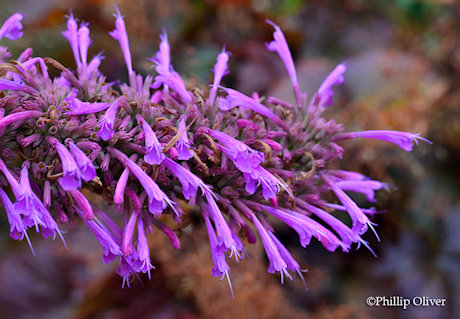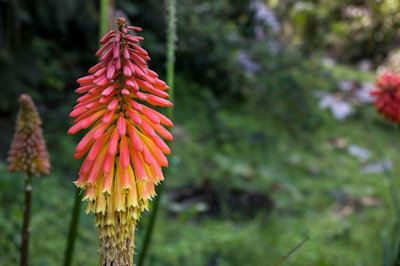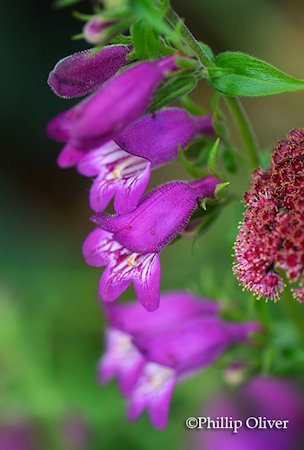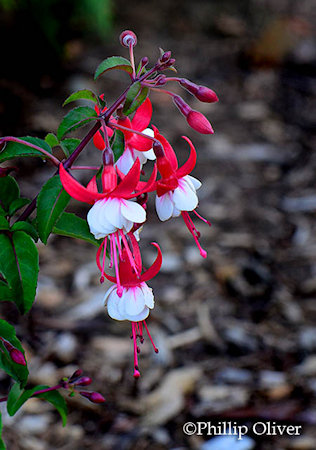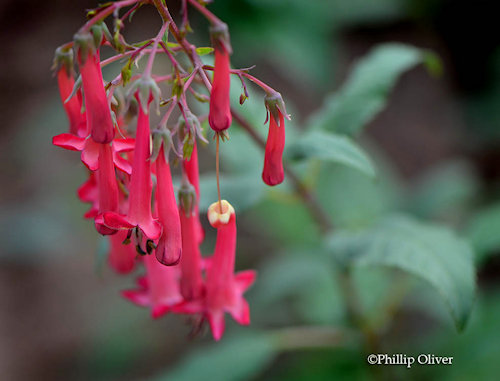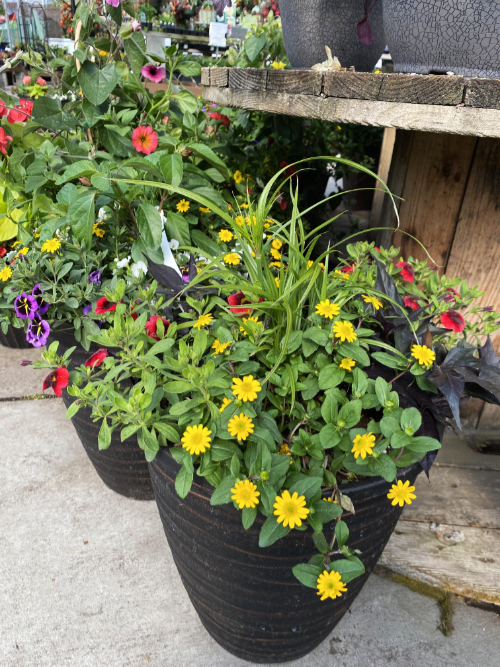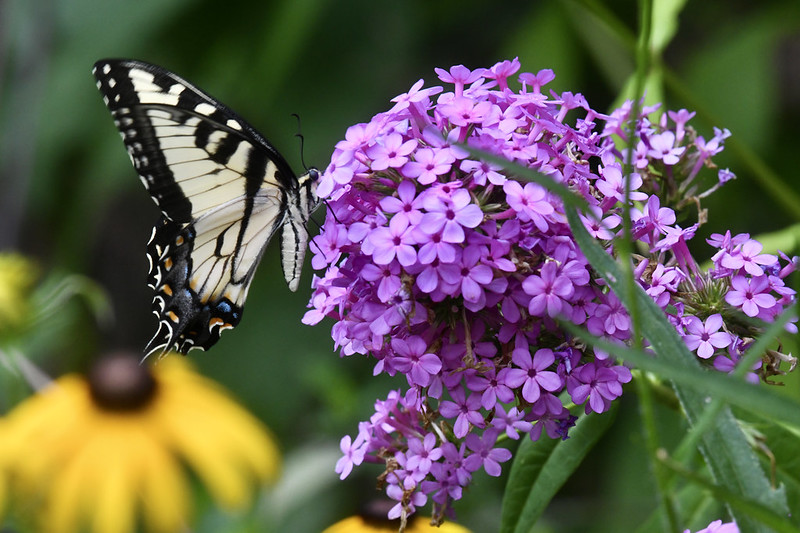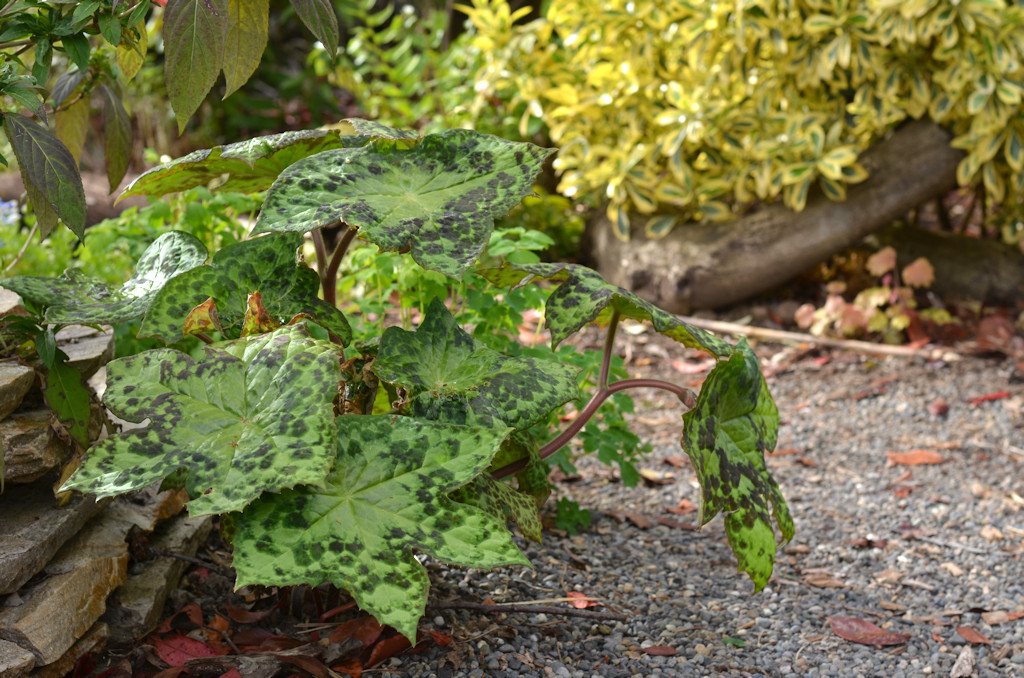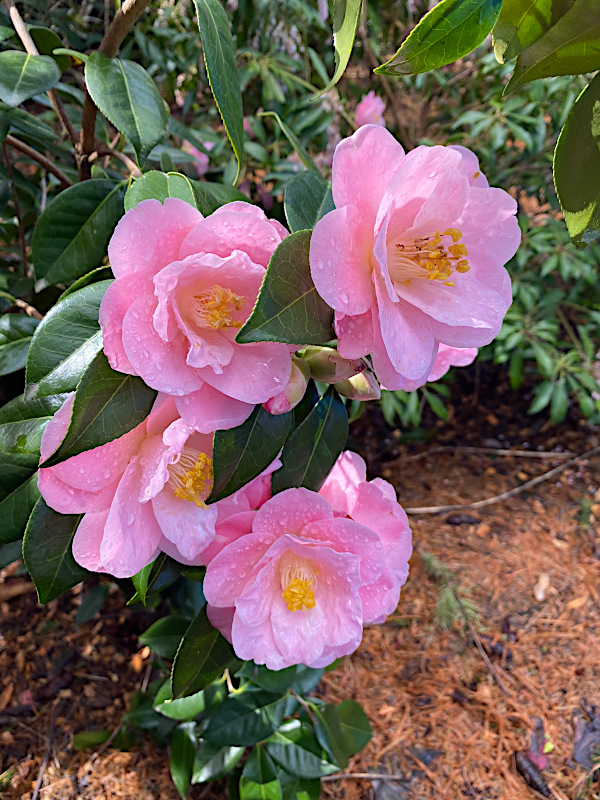Flowers for attracting hummingbirds
A frequent question we get at Yard N’ Garden Land is “What can I plant to attract hummingbirds?”
For many gardeners, observing birds and wildlife in the garden is about as satisfying as gardening itself. Hummingbirds are fascinating to watch and they are easy to attract to your garden. Before we get into the plants, there are a few other things that are needed to ensure that the hummers stay in your garden and just don’t pass through.
First of all, a water source is essential. They prefer moving water. Whenever you have your sprinkler on, you will notice that they like to fly through the falling water. A mister is also an excellent way to provide water. I have a small urn fountain with bubbling water in my garden and I see them drinking from it all the time. I never see them in a bird bath with still water.
They also will need shelter and protection. This can be provided by adding trees and shrubs around the perimeter of your garden. Dead twigs seem to be a favorite spot for them to rest on in between feeding trips. If you can provide a protective environment as well as flowering plants and a good water source, you will encourage hummingbirds to nest in your garden and stay for extended periods.
Avoid using pesticides in the garden. Hummingbirds also feed on insects plus you would not want their food sources to be covered with poisons.
Finally, do provide feeders even if you have a garden full of flowers. Mix a solution of 1 part sugar to 4 parts water and avoid using artificial coloring agents. Clear water is fine and they will find it. If you want to keep hummingbirds throughout the winter (Anna’s hummingbird is a year-round resident in our region), then a feeder is a must.
Now, on to the plants. They are attracted to brightly colored flowers with tubular blooms. However, they will visit a wide variety of flowers in their quest for food. They feed every 10 minutes and visit between 1,000 – 2,000 plants per day to sustain their hyper metabolisms!
Salvia ‘Hot Lips’
Salvias (aka Sage) are a member of the Mint family and there are a huge number available. You can find various types of salvias in the perennial, annual and herb section. Hummingbirds will visit any and all of them but one variety has become wildly popular lately. It is ‘Hot Lips’, a salvia that features small red and white flowers that cover the plant in summer and last until frost.
‘Hot Lips’ will grow to about 3′ x 3′ and does well in full sun. It is easy to grow in moderately rich, well-drained soil. It is considered a “tender perennial” and should survive a typical winter here. Last year, after a harsh winter with numerous snowfalls, some gardeners lost their ‘Hot Lips’ salvia and had to replace them. It helps to add a deep cover of mulch during the winter to protect them. Cut the plant back hard in late winter or early spring and hopefully you will enjoy a new season of blooms.
Other salvias are also popular with hummingbirds. Another reliable one is “Black and Blue” (Salvia guaranitica), a salvia with slender spikes of deep blue, almost black, flowers on tall (up to 5′) stalks.
Salvia ‘Amistad’, aka Friendship Sage, is another popular variety with large violet-purple flowers. It is very tender and will not survive our winters so many gardeners treat it as an annual and replace it every year.
Other popular Salvias: ‘Caradonna’, ‘East Friesland’, ‘Indigo Spires’, ‘May Night’
Cuphea ‘Vermillionaire’ (Firecracker Plant)
This is my personal favorite hummingbird plant. I have spent many hours sitting on my deck watching hummers in a frenzy over it. I grow it in a pot but it can be grown in the ground as well. It is an annual.
Cupheas are heat-loving plants and they like full sun. Keep them well-watered, especially when growing them in pots. Fertilize about every two or three weeks with a liquid fertilizer. The plant is usually in constant bloom all summer long.
Delphinium
These tall, stately plants really make a dramatic statement in the garden. They do well in areas with cool summer nights and languish in heat and humidity.
Give them moist, well-drained soil in a sunny location. They love rich soil so add generous amounts of hummus or compost to your existing soil. Dead-head the faded flowers for a second blooming in the fall.
Tall varieties may have to be staked to keep them from toppling over.
In addition to hummingbirds, butterflies love delphiniums too!
Agastache (Hyssop)
A common name for Agastache is “Hummingbird Mint” but it is also a very good plant for bees and butterflies as well.
Agastache grow well in well-drained soil in sun or light shade. Once established, they are drought tolerant.
There are many varieties available in a wide range of colors and growth habits.
Red Hot Poker (Kniphofia)
Dramatic spiky blooms adorn this great perennial plant in hues of orange, red and yellow. The Red Hot Poker plant (aka Torch Lily) grows in average soils in full sun. They get quite large as they grow so give them plenty of space to spread (3-4 ft. between plants). The brightly colored flowers provide sweet nectar to hummingbirds and butterflies.
Bee Balm (Monarda)
Bee Balm is a beautiful perennial that performs best in consistently moist soil. It comes in shades of red and purple and looks best when massed together. The plant spreads rapidly and eventually dies out in the center and requires digging and transplanting every two or three years. Plant in full sun to part shade.
Penstemon
Also known as Beardstongue, this spiky perennial comes in shades of pink, red, purple and white. They perform well in moderately rich, well-drained soil in sun or light shade. Established plants are drought tolerant and look good in rock gardens.
Fuchsia
Fuchsias love cool weather and will sulk in the heat. They are very popular in this region and are excellent for shady containers, hanging baskets and in garden borders. Some fuchsias are hardier than others (we have both hardy and annual ones at Yard N’ Garden Land). They are available in all sizes (some growing up to six feet or more and others only a few inches tall).
Cape Fuchsia (Phygelius)
Not to be confused with the fuchsia at left, Cape Fuchsia is a South African native plant that grows in the arid mountains there along rivers and streams. Their tubular flowers come in various shades of red, yellow and white. Plants can be aggressive but they can also be grown in containers if that is a concern.
Columbine (Aquilegia)
Columbine provides a welcome source of nectar early in the season. These colorful flowers (in shades of yellow, blue and red) bloom in early spring. They look good in woodland gardens and will flourish in sun or part shade. They are drought tolerant once established.
Honeysuckle (Lonicera)
If you prefer a vine to attract the hummingbirds, one of the best is Honeysuckle. Easy to grow in sun or partial shade, they can be used on fences, trellises, arbors and even in containers. Honeysuckles are vigorous growers so annual pruning will be needed to keep it in bound.
Other Vines that hummingbirds love:
Trumpet Vine
Passion Flower
Candy Corn Vine
